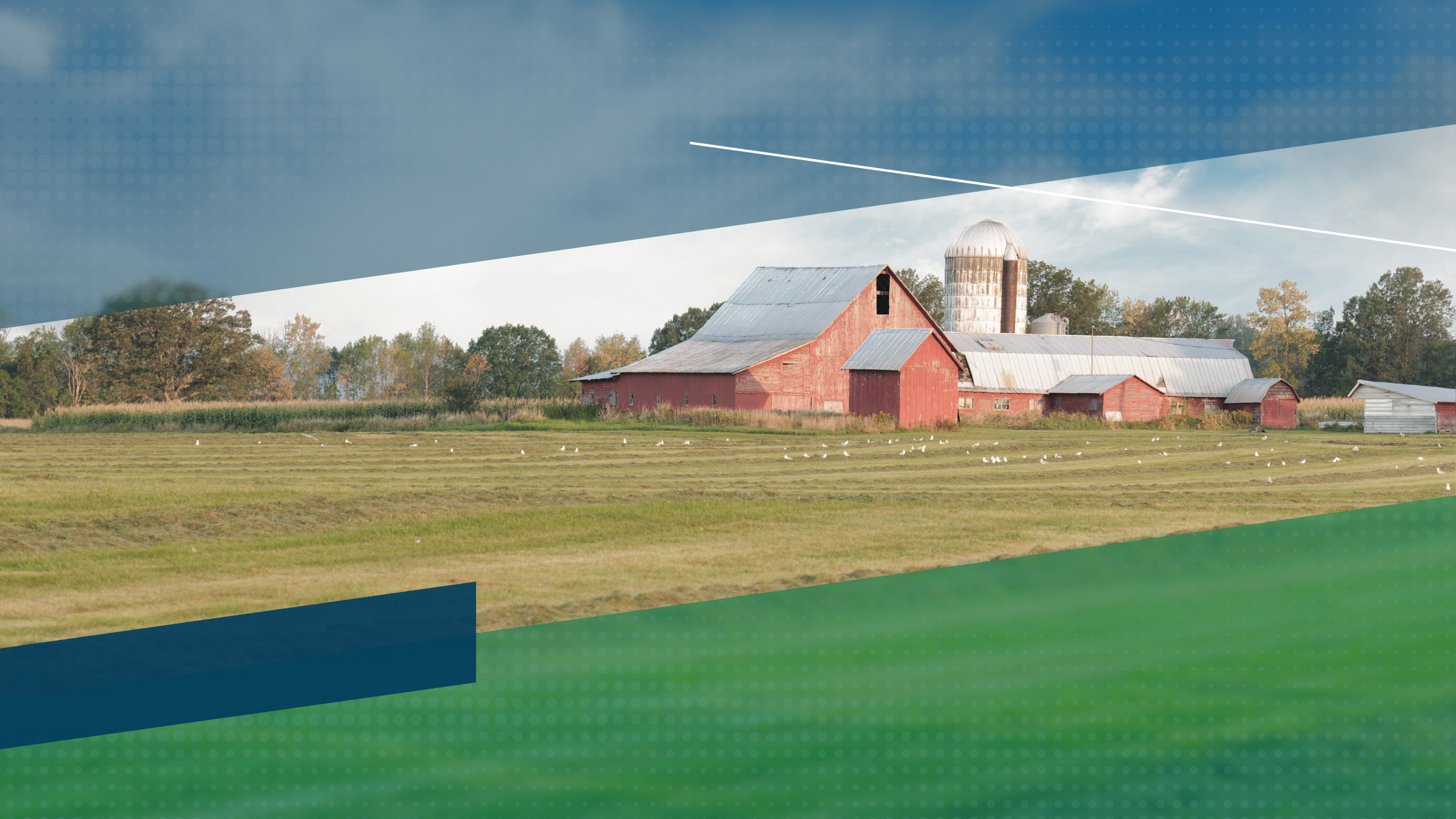"Higher crop input costs will happen this spring with increased costs for rent, fuel, fertilizer, chemicals, repairs and seed," commented a South Dakota agricultural lender responding to the Minneapolis Fed's first quarter agricultural conditions survey. This and other comments indicate a pessimistic outlook for farmers' financial statements. However, the survey reveals that the current financial situation deteriorated only slightly from a year ago in most states, while North Dakota shows signs of strength.
Farm income decreased slightly, while household and capital spending increased somewhat in the first quarter (February 2001) survey compared with a year ago. Also, agricultural producers are repaying loans and extending loans at about the same pace as first quarter 2000. Meanwhile, interest rates are about the same level as a year ago, while land prices continue to increase.
Farm income and spending
Farm income and household spending varied across the district as the Dakotas gained, while Minnesota and Wisconsin suffered. "The main reason that farm spending and the economy in general is stronger in our area is because of the bumper crops in southwest North Dakota last year and strong cattle prices this winter," said a North Dakota agricultural lender. Farm income in North and South Dakota increased as 80 percent and 71 percent of lenders, respectively, reported average or above-average farm income in the first quarter of 2001. Meanwhile, all western Wisconsin lenders and over two-thirds of Minnesota lenders reported below-average farm income in the current period, a whopping 23 percentage point increase from a year ago. In Montana, 54 percent of lenders noted below-average farm income, a 10 percentage point decrease from a year ago. Overall farm household spending increased slightly as 69 percent of district survey respondents reported average or above-average household spending in the current period compared with 60 percent of lenders a year ago. Capital spending remained largely depressed, but slightly higher than a year ago as 57 percent of respondents cited below-average capital spending. North Dakota saw the biggest turnaround as half the lenders reported aver-age or above-average capital spending compared to only 8 percent a year ago. Nearly two of three Minnesota respondents noted below-average levels of capital spending, compared with 79 percent of lenders a year ago.
Farm loan volumes
Loan demand varied across the district, with the Dakotas registering the greatest number of requests. Livestock and other operating loan volumes were about average over the last three months, as 58 percent and 67 percent of lenders, respectively, reported normal loan demand. Machinery loans and other intermediate-term loans are about average as 54 percent and 68 percent of lenders, respectively, noted normal loan activity. In addition, 53 percent of lenders reported normal real estate loan volumes.
Bank credit conditions and liquidity
Bank credit conditions and liquidity are little changed from a year ago. Below-normal levels of loan repayments are reported by a quarter of lenders for both this survey and last year's survey. Renewals and extensions returned to more normal levels as 74 percent of respondents indicated average levels, compared with 63 percent a year ago. The number of farmers at their debt limit remained about at about one in four, nearly the same as a year ago. Availability of funds does not seem to be a problem: Only 2 percent of lenders reported refusing to make a loan due to shortage of funds.
Land values, collateral and interest rates
"Large increase in land prices is due almost entirely to nonagricultural investors," commented a South Dakota banker. Cropland prices increased over last winter's prices from an average of 5 percent in Minnesota to 15 percent in western Wisconsin. In addition, pasture land price increases ranged from an average of 5 percent in Minnesota to 11 percent in South Dakota over those of a year ago. Collateral levels remained normal, as 77 percent of lenders reported average levels of required collateral. Meanwhile, interest rates for farm loans are about the same as a year ago and have decreased about 50 basis points from fourth quarter 2000.
Outlook
"Going to be bad year," said a Minnesota banker. Many others shared this view, as 57 percent of lenders expect below-normal income levels in the next three months, while only 5 percent expect above-normal income. North Dakota respondents, however, remain optimistic in their outlook: 70 percent predict normal or above-normal income, and 50 percent expect normal or above-normal capital spending. Elsewhere, the outlook for capital spending is dim: 61 percent of lenders expect below-normal capital spending over the next three months.
| Fixed Interest Rates* | ||||
|---|---|---|---|---|
| Feeder Livestock | Operating | Machinery | Real Estate | |
| 4th Q '99 | 9.6 |
9.7 |
9.5 |
9.0 |
| 1st Q '00 | 9.8 |
9.9 |
9.8 |
9.2 |
| 2nd Q '00 | 10.1 |
10.1 |
10.0 |
9.4 |
| 3rd Q '00 | 10.4 |
10.5 |
10.3 |
9.7 |
| 4th Q '00 | 10.3 |
10.4 |
10.3 |
9.6 |
| 1st Q '01 | 9.8 |
9.8 |
9.7 |
9.1 |
| *Average of reported rates in mid-February 2001. | ||||
Facts about the survey
Each quarter, the Federal Reserve Bank of Minneapolis surveys agricultural bankers in the Ninth Federal Reserve District, which includes Montana, North Dakota, South Dakota, Minnesota, northwestern Wisconsin and the Upper Peninsula of Michigan. In mid-February, 96 bankers responded regarding conditions during the first quarter 2001.





